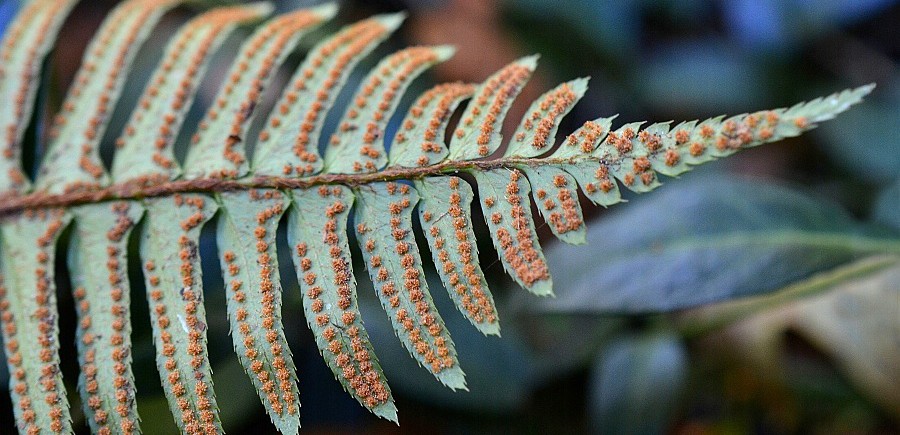
For me, springtime in the mountains doesn’t officially begin until the first trillium pokes its sleepy head through the soil in early April. By the end of April, their blossoms put on such a show that deer find them irresistible. Often, all that’s left by the time I get to them, is an inch or two of stem.
Western trillium is easy to recognize. Because there are no poisonous parts or lookalikes, it makes a good forage herb for the beginner. The leaves are used for food. They taste their best when young. Older leaves are tough and stringy. Because collecting is done when the plant is in bloom, which can rob nourishment from the root-bulb and potentially kill it, I pinch one or two leaves per plant, and take only what I need. This practice seems to work. For more than a decade (and despite deer browsing on them), I have harvested trillium leaves from the same site, and their numbers have not declined.
Description: Western trillium (Trillium ovatum), also called “wake robin” is a perennial herb that belongs to the Lily Family. The name Trillium means “triple” while ovatum means “oval” for the number and shape of the leaves. From a beige-white, fleshy root-bulb with many rootlets, rises a single, succulent stem 3 to 7 inches tall. The stem supports three, large, oval-shaped leaves with pronounced veins and wavy margins that whorl around the stem. An inch or two above the leaves, a single flower blooms. Flowers have three white petals that turn shades of pink to lavender with age; these are backed by three green sepals. Fruits are small, green, berry-like capsules with winged ridges. Seeds are egg-shaped and numerous.
Useful Parts: Whole plant, leaves.
As Food: Young leaves can be steamed until tender and topped with butter or sauce, or added to soups and casseroles.
As Medicine: Whole fresh plant is used as a tincture for treating uterine bleeding, nose bleeds, and bleeding hemorrhoids. Root-bulb can be dried and stored for future use. Fresh root-bulb juice, or the liquid from soaking the root-bulb, can be used as an eyewash. Fresh root-bulb can be mashed and used to poultice boils to bring them to a head.
Plant Lore: Quinault elders often discouraged children from picking trilliums believing that by doing so would cause it to rain. Some, regarded the root-bulb as a “Love Medicine,” and women would crush and rub the root on their body, or cook the root-bulb and put it in the food for the man they desired. Some regarded trillium so highly, it was believed that if the plant was picked or used recklessly, harm would come to that person. Others believed that the trillium was poisonous, and would not use it.
Location: Moist, low to mid elevation forests. Native to Washington, Oregon, California, Idaho, Montana, Colorado, and Wyoming, as well as British Columbia and Alberta, Canada.
____________________
Warning! Before using any plants as medicine, consult a licensed practitioner. Self diagnosis should not be attempted. This is not a prescriptor, and should not be used as such. Before using any plant for food, make certain that it has been properly identified. When in doubt, leave it!
____________________
©2011 All rights reserved. (Revised) Published in The Mountain Times; 1999
